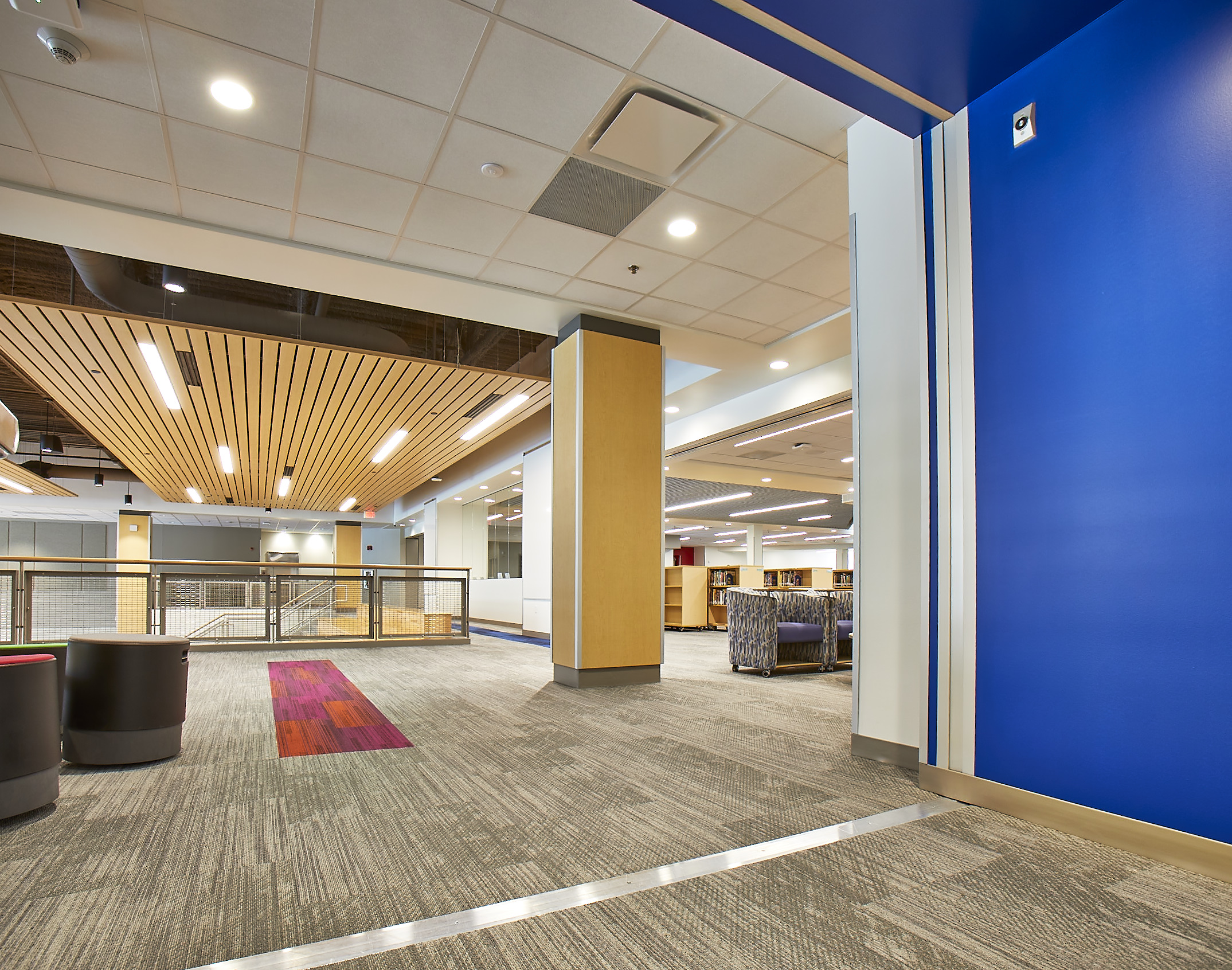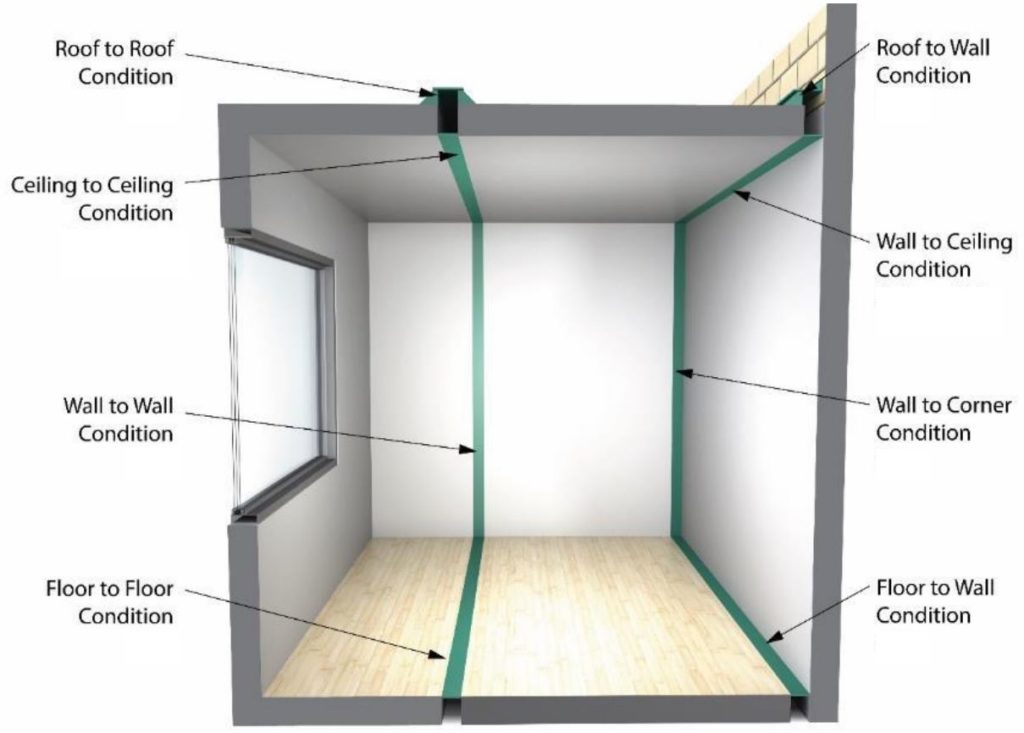
6 Questions Architects Should Ask About Expansion Joints
Answer these questions and you’re well on your way to picking the right expansion joint system to meet the form-and-function requirements of your project.
Everyone knows expansion joints are a necessary component of structural engineering. And, we grant they can interrupt sightlines and the aesthetics of designed spaces. However, the right expansion joint system can protect buildings in their stand against the elements to provide a safe environment for people. Tackling the expansion joint system selection process can be challenging, but here are six answers to fundamental expansion joint questions that will get you started.
- What is the Nominal Joint size?
The nominal joint width is the designed width of an opening at median temperature as dictated by the Structural Engineer. The expansion joint system selected needs to accommodate the minimum and maximum dimensions of the movement range for the given joint width.
The selection of all joint systems starts with joint size and is dependent upon handling this movement range.

- What type of movement is anticipated?
Thermal movements are caused by daily environmental temperature changes in and around the structure. Thermal movement is primarily “one-directional” in nature and is the result of the expansion and contraction of the built environment as it is affected by heat, cold and humidity levels. The amount of movement thermal joints must accommodate remain constant throughout the building and have a movement of plus or minus 10-25% of the nominal joint size.
Seismic activity is caused by shifting of the earth’s tectonic plates (i.e., earthquakes, tremors, etc.). Seismic movement may be horizontal, vertical, in shear or a combination of all three. Seismic joints widths may increase with higher floor levels as well. These joints must have the capacity for movement of plus or minus 50-100% associated with them.
Windload induced movement is caused by high winds forcing the structure to sway. Windload induced movement is normally perpendicular and/or parallel to the joint. This is common where a low horizontal building span meets with a taller vertical element, such as the lobby of a hotel adjacent a high-rise component. Movement in these joints is typically 50%+-.
- What are the loading requirements?
When determining loading requirements, consider what type of traffic will take place. Will it be pedestrian, equipment or heavy duty such as vehicular? Where is it located, in a heavily used hospital corridor that has gurney and x-ray machine traffic with high point loads, a storage room with filing cabinets or a simple office? Will the loads applied be uniform, rolling or concentrated under the footprint of wheels?
A classic example is joints installed in a space with a tall ceiling — how will maintenance staff change the light bulbs? More than likely a heavy scissor lift will be brought in. Or take a hotel, for instance … big difference in load between a single rolling carry-on bag and the baggage of a pop star diva.
- What are the joint’s applications and location on the project?
Does the project scope include interior and exterior joints? Typical interior application conditions of expansion joint systems are depicted below, however exterior building veneers, soffits, parking decks, patios and roofing systems may be required as well.

- What is the form and appearance you wish to convey?
What are the adjacent finishes? Is the application for back-of-house conditions, standard office corridors or high-end applications? Is the environment a school, correctional facility or corporate headquarters? All of these conditions will dictate the most suitable joint type.
Depending on the desired aesthetic, there are options for incorporating interior finishes into the joint. Applying anodized finishes, Kynar® coatings or selecting foam seal colors to complement the décor all provide an accent or can minimize sightlines.
- Is fire-restistance or moisture control a requirement?
Vapor barriers (VB) prevent penetration of moisture, vapors, water and airborne debris into the structure. Vapor barriers are generally specified in floor, wall and roof joints.
Sound and thermal barriers are becoming increasingly more important, especially with expansion joint systems in security areas and buildings with tight, energy-efficient envelopes.
Fire barrier systems are specified in floor and wall joints in fire-rated locations. These are installed strategically to prevent fires from spreading floor-to-floor and room-to-room. They also maintain the integrity of egress routes. Locations are dictated by Building Code. Fire-rated joints should be tested to meet ASTM Standard E1966 and E1399 (Intertek or UL 2079 laboratory tested).
Two additional, important things to bear in mind regarding fire barriers:
- Systems engineered for easier installation – especially along transitions – will lead to better overall fire safety … with fire-rated joints that will maintain their rated integrity.
- Water infiltration will destroy fire barriers – systems with an integrated water guard (with proper drainage) can keep barriers dry and effective.
